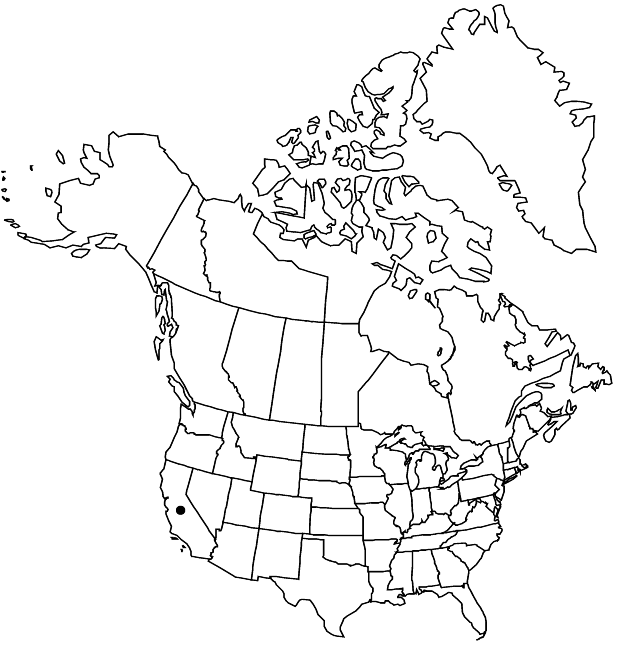Difference between revisions of "Lithophragma maximum"
Aliso 5: 349, fig. 1. 1963 (as maxima) ,.
imported>Volume Importer |
imported>Volume Importer |
||
| Line 54: | Line 54: | ||
|publication year= | |publication year= | ||
|special status=Endemic;Conservation concern | |special status=Endemic;Conservation concern | ||
| − | |source xml=https:// | + | |source xml=https://bitbucket.org/aafc-mbb/fna-data-curation/src/2e0870ddd59836b60bcf96646a41e87ea5a5943a/coarse_grained_fna_xml/V8/V8_151.xml |
|genus=Lithophragma | |genus=Lithophragma | ||
|species=Lithophragma maximum | |species=Lithophragma maximum | ||
Latest revision as of 22:41, 5 November 2020
Plants stout. Flowering stems simple, 40–60 cm. Leaves in basal rosette and cauline, basal palmately compound, 3-foliolate, cauline 3-lobed, reduced distally, similar to basal; stipules narrow, decurrent on petiole base, (margins laciniate); petiole to 15 cm; blade light to dark green, rhombic, (base cuneate), surfaces sparsely to moderately stipitate-glandular. Inflorescences 2(–3), erect, 6–25-flowered racemes, simple, (9–10 cm). Pedicels shorter than hypanthium. Flowers persistent, fragrant, horizontal; hypanthium spheric or campanulate, open at throat, (6 mm at anthesis, 8 mm in fruit); sepals erect, triangular; petals spreading, white, ovate, narrowly clawed, deeply lobed, 3.5–4.5 mm, ultimate margins irregularly toothed; ovary 1/2 inferior; styles exserted in fruit; stigma papillae apical. Seeds 0.3–0.4 mm, tuberculate (tubercles spinelike).
Phenology: Flowering Mar–Apr.
Habitat: Steep, north- or northwest-facing slopes in deeply incised canyon on moist, humus-rich soil, sometimes on rocky ledges of grassy slopes
Elevation: 100-400 m
Discussion
Of conservation concern.
Lithophragma maximum is known from southeastern canyons on San Clemente Island (Channel Islands). In the late twentieth century, only 11 populations of approximately 200 plants were reported. It is rare and seriously endangered in California, and is in the Center for Plant Conservation’s National Collection of Endangered Plants.
Selected References
None.
